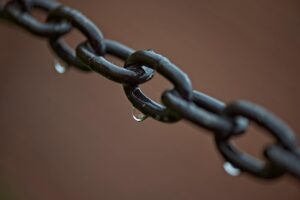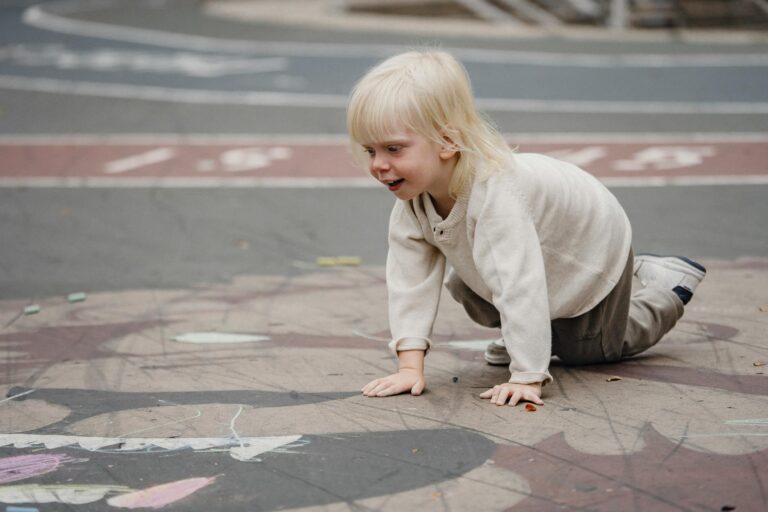Gopalganj Turns Bloody: 4 Dead as Political Rally Spirals into Chaos
When Protests Turn Violent
You know how political rallies in Bangladesh can get heated—but what happened in Gopalganj last week crossed a line. Four lives lost, families shattered, and a district now under curfew. The National Citizen Party (NCP) is pointing fingers at Awami League supporters, claiming they started the violence. And honestly? It’s hard to tell who threw the first stone when everyone’s busy dodging bullets.
Breaking Down the Gopalganj Incident
A Day That Went Sideways Fast
It started like any other rally—loud speeches, chanting crowds. Then, according to shopkeepers who saw it go down, groups of young men began shoving near the NCP stage. Things escalated stupidly quick. Stones flew, someone fired shots (nobody’s sure who), and suddenly it wasn’t a protest—it was a war zone. Police took hours to contain it. By then, two NCP workers and two locals caught in the crossfire were dead.
The Blame Game
Here’s where it gets messy. The NCP’s local leader, in a tearful press conference, swore this was a planned attack to silence them. But Awami League guys? They’re saying the NCP brought armed men to provoke a reaction. Truth is, in Bangladeshi politics, both scenarios are equally possible.
Why Does This Keep Happening?
Politics as Blood Sport
Let me put it this way—our political scene makes Game of Thrones look tame. The Awami League’s been in power so long, opposition parties feel like cornered animals. And the NCP? They’re new, hungry, and willing to play rough to get noticed. Bad combo.
More Than Just Party Rivalries
But here’s the thing—it’s not just about political colors. Gopalganj’s got 30% youth unemployment. When young men with no jobs and no hope get paid to “protect” rallies, you’re basically handing out matches in a fireworks factory.
The Aftermath: Grief, Anger, and Empty Streets
Families Left Asking Why
One victim was a rickshaw puller—just trying to earn his day’s fare when a stray bullet got him. His widow showed me his license, still in his pocket. “Who answers for this?” she kept asking. Nobody had an answer.
Curfew Blues
The government’s curfew decision? On one hand, it probably saved lives. On the other—it feels like putting a bandaid on a bullet wound. Markets closed, kids missing exams, daily wage earners going hungry. The real cost is always paid by regular people.
How Bangladesh is Reacting
Dhaka’s Tightrope Walk
PM Hasina’s office issued the usual “appeal for peace” statement. But let’s be real—after so many violent incidents, people are tired of words. Meanwhile, opposition leaders are milking this for all it’s worth on social media. Classic crisis politics.
International Eyebrows Raised
Amnesty International tweeted concern (because that helps). The US Embassy’s “closely monitoring” the situation—diplomat-speak for “we’ll issue a stronger statement if more people die.” Harsh but true.
Where Do We Go From Here?
Another day, another violent clash in Bangladesh. We’ll light candles, hold vigils, then forget until next time. Unless—and this is a big unless—parties start talking instead of fighting. But with elections looming? Don’t hold your breath.
If You Want to Dig Deeper
- Gopalganj Police FIR Copies (Leaked Telegram)
- NCP Leader’s Full Speech (With Subtitles)
- Local Doctor’s Account of Treating Wounded
—Reporting contributed by local journalists who asked not to be named for safety reasons
Source: Navbharat Times – Default







